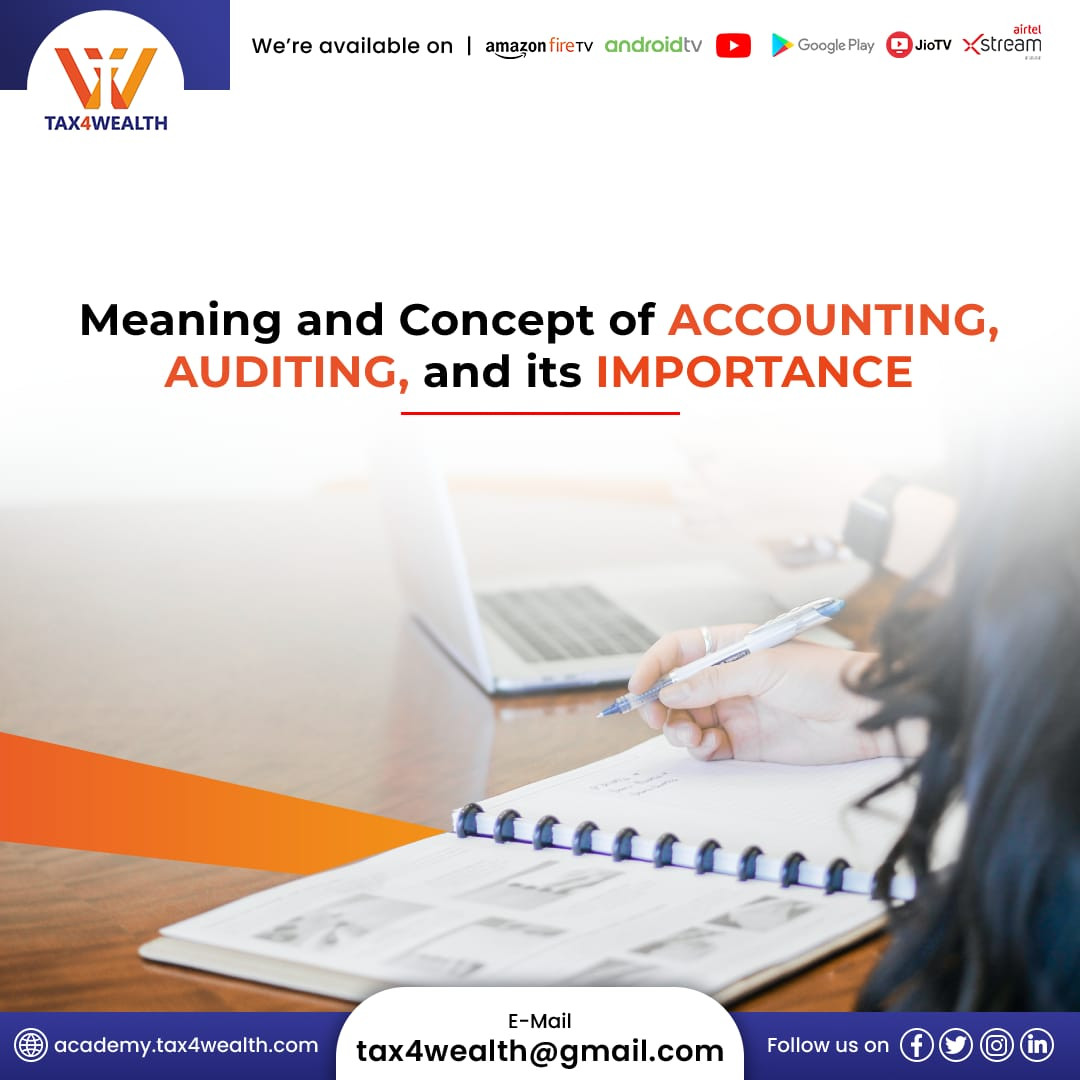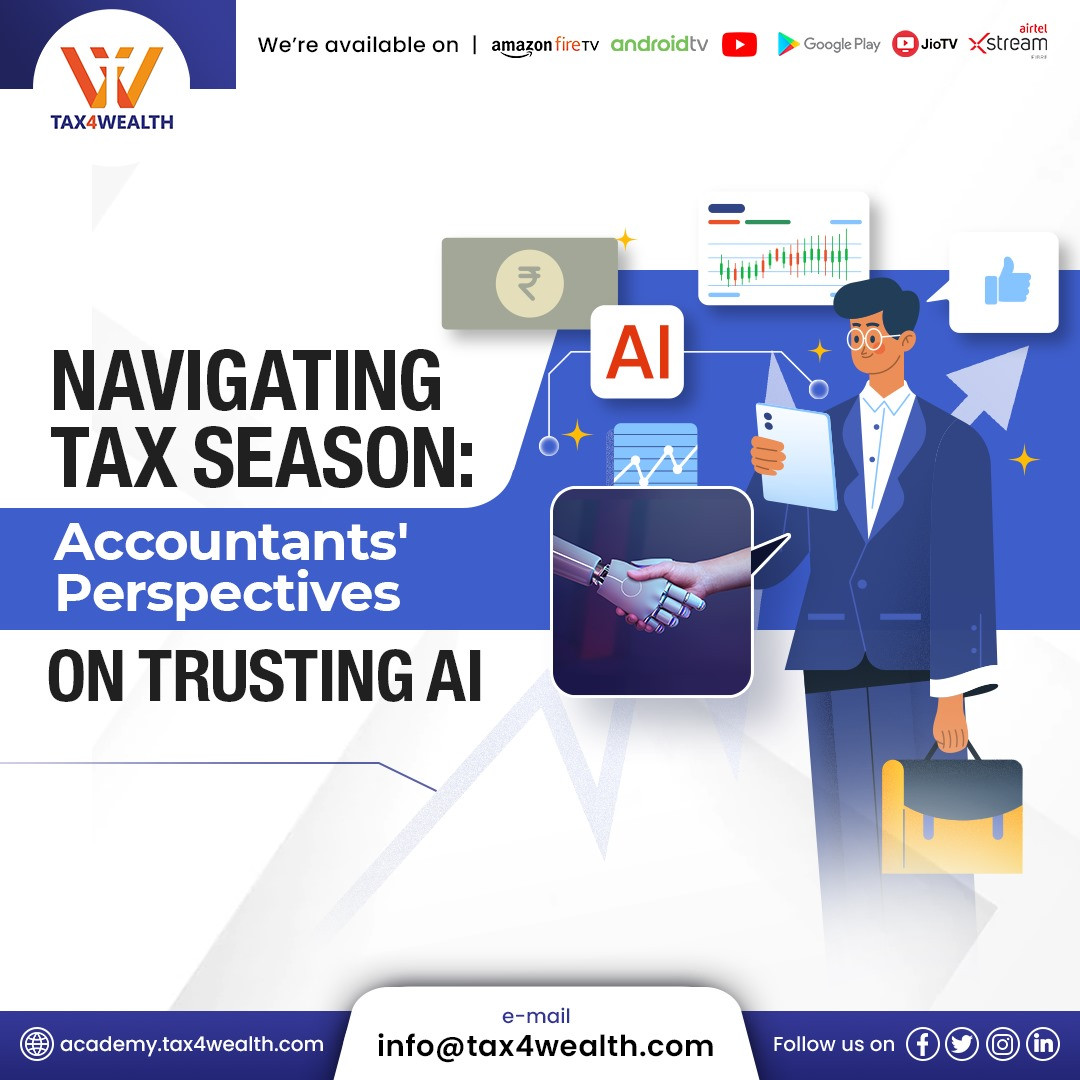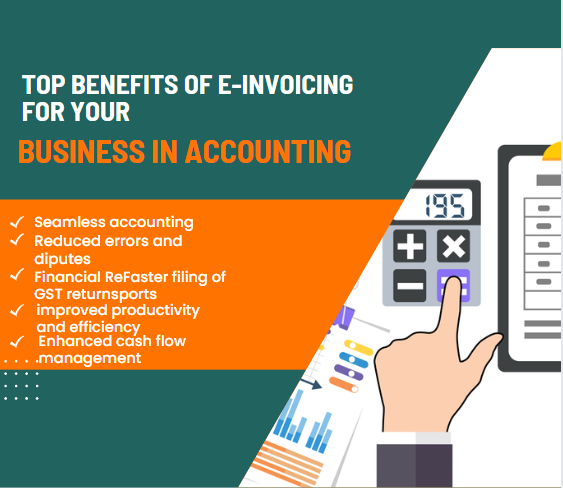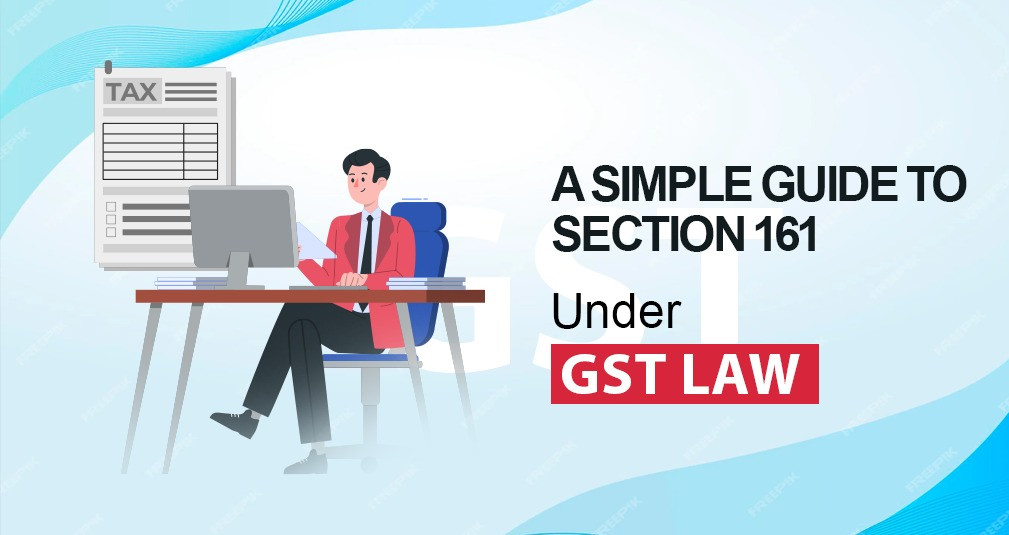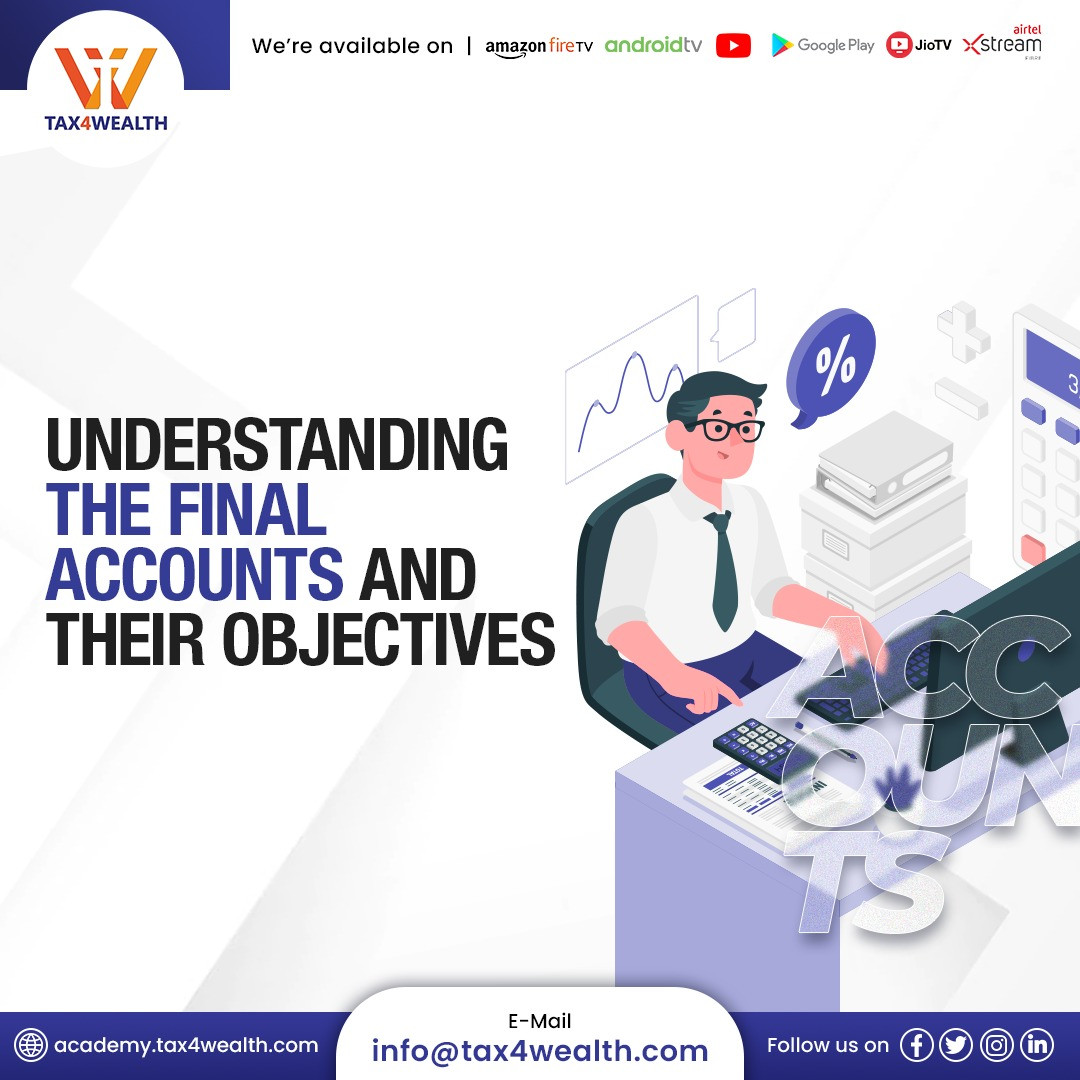
Understanding The Final Accounts and their Objectives
Here you will understand the concept of the Final account. Final accounts include a trading account which is prepared for calculating Gross Profit. The entity's assets and liabilities at the end of the period are shown on the balance sheet, and the net profit earned during that period is shown on the statement of profit and loss.
A trading account is produced for computing Gross Profit in the final accounting. The balance sheet reveals the entity's assets and liabilities at the end of the period, whereas the profit and loss statement indicates the net profit earned during the period.
Table of Content:
- What are Final Accounts?
- Trading Account
- Profit and Loss Account
- Balance Sheet
- Objectives of Final Accounts
- Importance of Final Accounts
- Disadvantages of Final Accounts
Also read; Difference Between Trading Account, Profit and Loss Account
How do Final Accounts Work?
To show stakeholders and other interested parties the profitability and financial position of the entity for a given period, i.e., Trading Account, Statement of Profit & Loss, and Balance Sheet, the various ledgers maintained in the Trial Balance (Books of Accounts) of the organization are presented in the Final Accounts stage of the accounting process in the required way.
Trading Account:
An account for trading shows the results of buying and selling products. The purpose of this page is to clarify the difference between selling and cost pricing. The trading account is set up to show the results of the company's trade, such as gross profit or gross loss. It maintains tabs on a business's direct expenses.
Account of Profit and Loss:
This account calculates a company's annual net profit or loss and expenses.
It keeps tabs on a company's indirect costs, including things like rent, employee salaries, and advertising expenses. Costs and profits from commercial activities other than those that produce products and services, as well as revenue and profits, are included in profit and loss reports.
Balance Sheet:
The balance sheet displays the business's financial standing as of a certain date. By summing up a company's assets and liabilities as of a particular date, one may assess the financial status of the business. The gap between assets and liabilities is an indication of how much money has been put into the business operations and how stable its finances are.
Objectives of Final Accounts:
- To determine the organization's gross profit and net profit for the relevant period, accountants create Statements of Profit & Loss.
- The balance sheet accurately depicts the company's financial status as of the report's date.
- These accounts divide direct and indirect costs in half to calculate gross profit and loss and then compute net profit and loss for the business.
- On the balance sheet, these accounts categorize assets and liabilities based on their holding and usage periods.
Also read; Cost Audit Meaning, Objectives, and its Advantages
Importance of Final Accounts:
- Shareholders can evaluate their investments through final accounts so they can make wise judgments. They are more concerned with the organization's liquidity situation and the number of profits and dividends that shareholders will get.
- These accounts are required by the tax division to guarantee that the business pays all necessary taxes and other fees on time and without exceptions. Making final accounts (Income statements) is therefore essential for calculating taxes.
- Final accounts provide essential data on the performance, liquidity, growth, and deposition of an organization. Internal management will find it easier to make quick, informed judgments in the future about a variety of business sectors.
- They make it possible for creditors and lenders to evaluate the stability of the company's finances. The following information is used by creditors to assess the risk, validity, and capacity to collect the debt by the deadline.
- From the final reports, employees may learn about the company's profitability and how it impacts things like job stability, wages, transfers, pay rises, incentives, and other benefits.
- They play an important role in helping the business implement numerous strategies and plans for boosting income, developing a loyal customer, and improving job opportunities.
Disadvantages of Final Accounts:
- Past financial and accounting activities are mostly relied upon for the production of final accounts. Users and the general public are only given information on the appearance and status of the financial transaction; no details are offered about the entity's workplace or customer satisfaction with the company's services and products.
- The audit of the financials is subject to inherent limitations that impede a 100 % assurance of error-free financials. It is therefore difficult to certify that the financials are entirely error-free.
- There is a considerable chance that the management team's or accountant's judgment will influence the financials.
Conclusion:
In conclusion, the final accounts serve as a vital tool for stakeholders to evaluate the financial performance, position, and cash flow of the company. Companies need to prepare these statements accurately and promptly to ensure that stakeholders have the information they need to make informed decisions.
For more information, Visit us at: https://academy.tax4wealth.com/
Related News
No comments yet, Be the first to comment.



